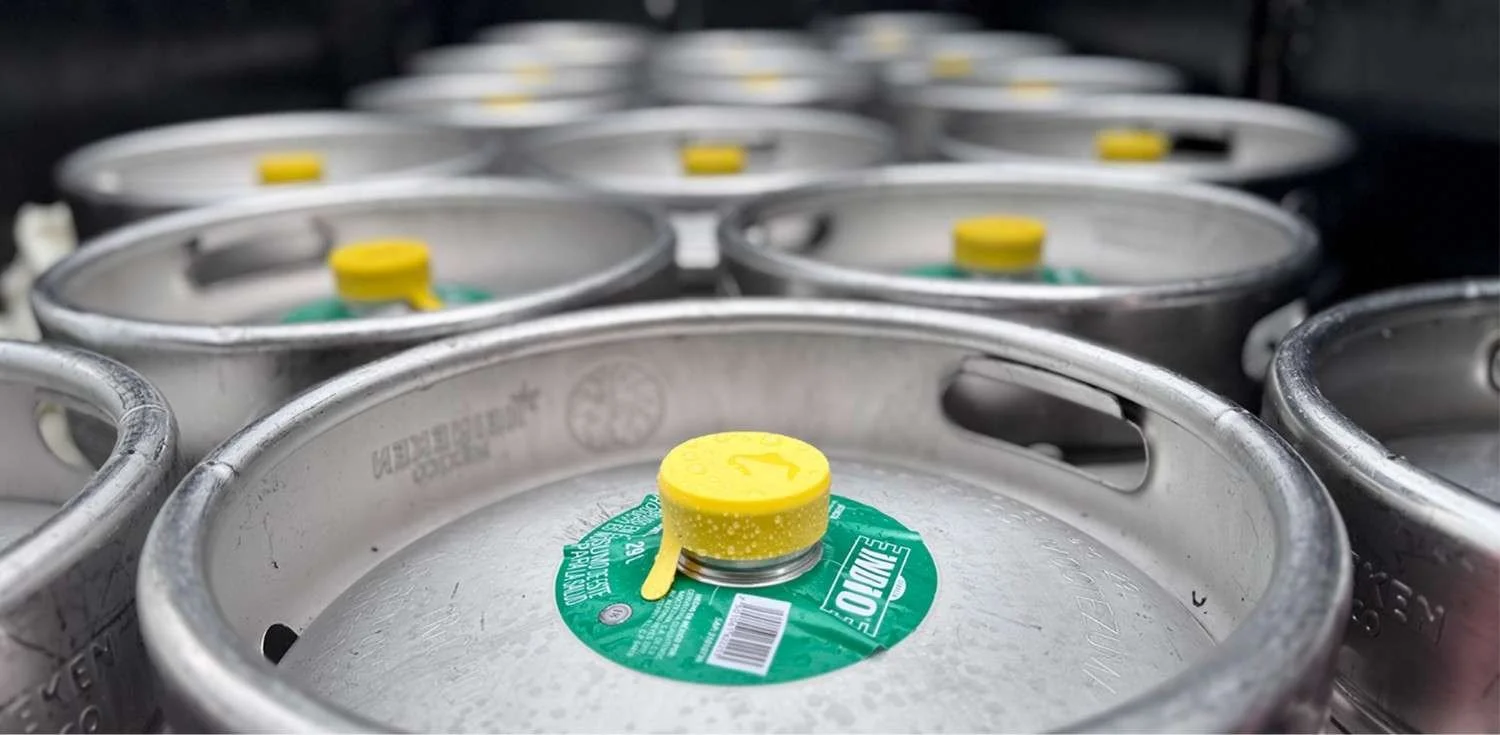From Keg to Cash: Mastering Keg Yield to Maximize Profits
Pour waste is a major challenge for bars, impacting both profitability and efficiency. Every spilled or over-poured drink adds up, cutting into revenue and increasing costs for the business. Beyond the financial implications, wasted beer or other beverages can disrupt inventory management and create operational inefficiencies. In this article, we will explore the main causes of pour waste, including overpouring and draft system issues, and provide practical strategies for reducing waste through proper training, inventory management, point of sale tracking, and data-driven decision-making. These approaches can help bars improve consistency, save money, and enhance the overall customer experience. GS Draft provides proven tap system solutions to further support bars in reducing pour waste and maximizing profitability.
Beer Waste
Beer waste refers to any beer that is poured, lost, or discarded without generating revenue. This includes over pours, spilled drinks, beer that goes flat or expires, and product lost due to improper handling or storage. Understanding what counts as waste is the first step in reducing it and improving overall bar profitability.
Common causes of beer waste include:
- Spillage during pouring or service
- Excess foam leading to overflows
- Improper storage, including incorrect temperature or exposure to light
- Expired or stale beer that can no longer be served
The financial impact of beer waste can be significant. Even small amounts of lost product accumulate over time, affecting the bottom line. Bars that fail to monitor and manage waste often experience higher operating costs, lower profit margins, and increased inventory challenges. Reducing beer waste not only saves money but also improves efficiency and enhances customer satisfaction by ensuring consistent product quality.
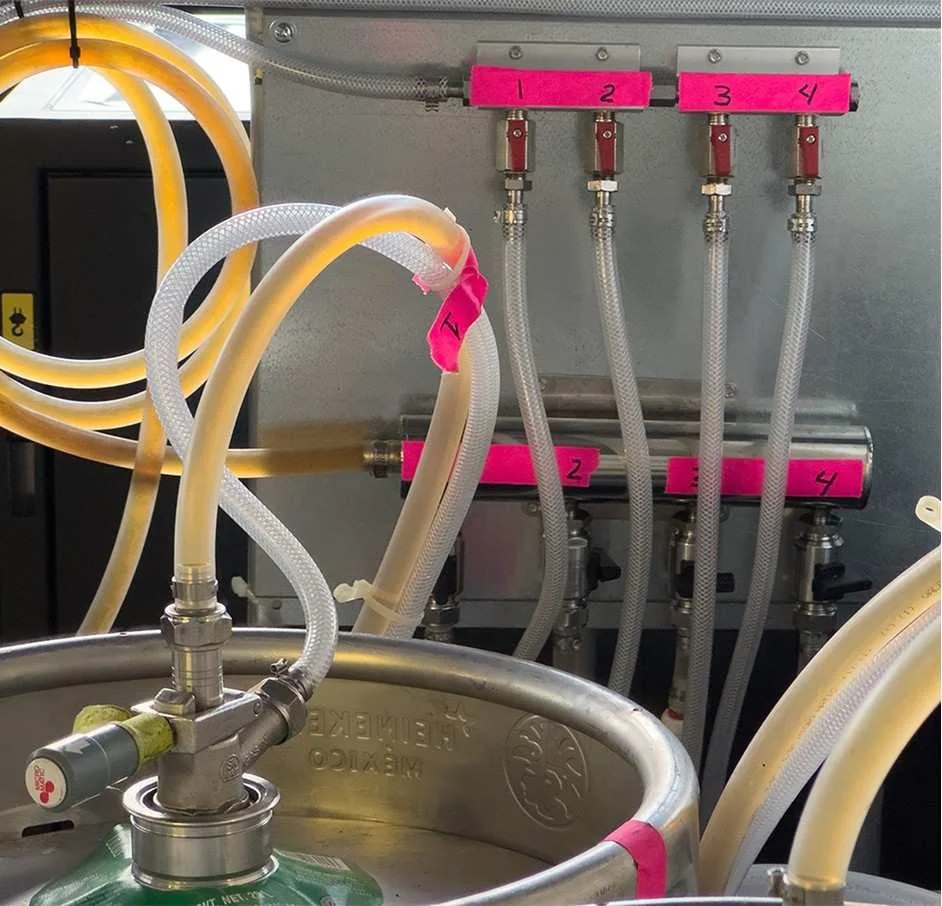
Overpouring
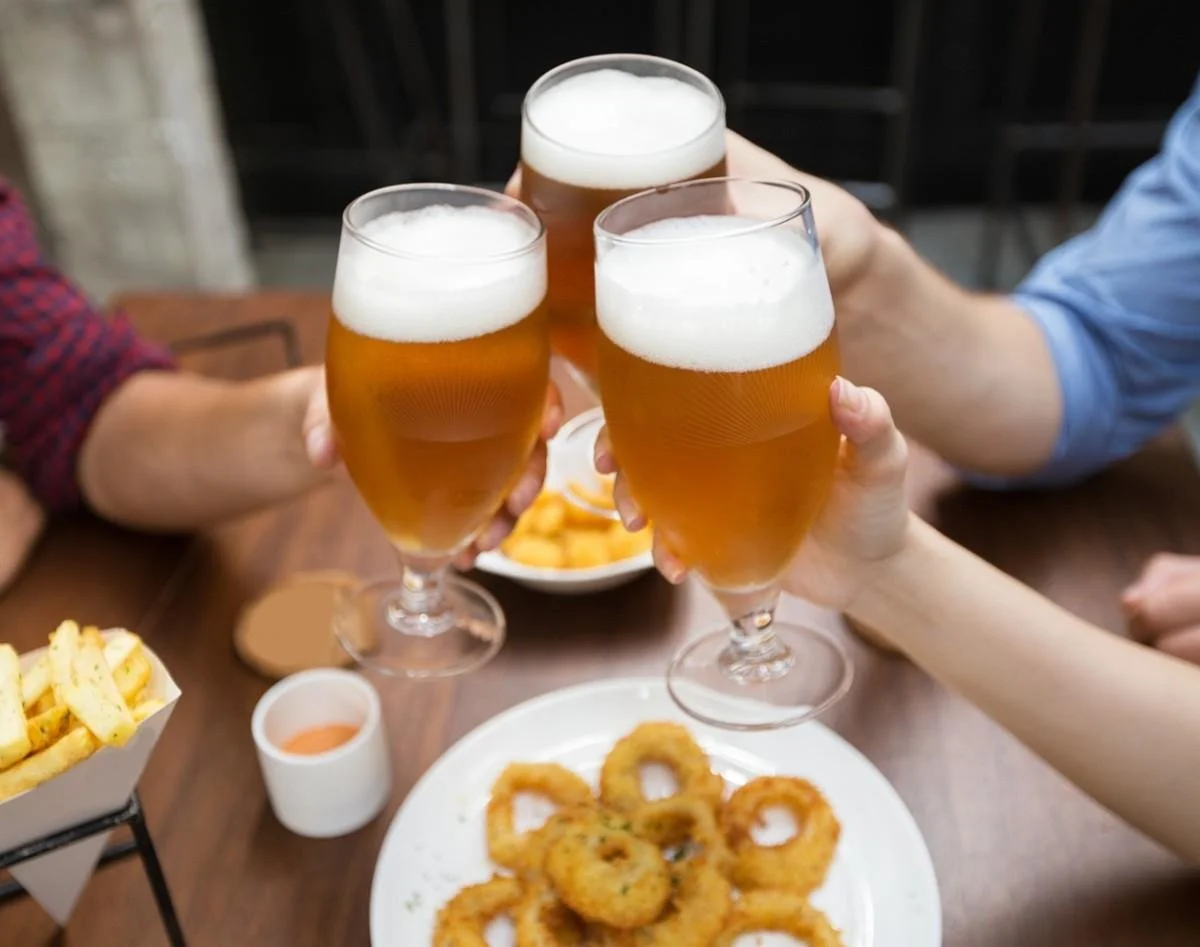
Overpouring occurs when more alcohol or beer is served than the standard pour size, leading to excess product leaving the bar without generating additional revenue. This practice contributes significantly to waste and reduces profitability because every extra ounce served represents lost potential income.
Typical scenarios where overpouring happens include:
- Busy shifts where bartenders pour quickly and do not measure carefully
- Lack of standardized pour tools, such as jiggers or measured spouts
- Inexperienced staff who are unfamiliar with proper portion sizes
- Distractions or high-volume periods that compromise consistency
The impact of overpouring on a bar’s bottom line can be substantial. Studies show that inconsistent pours can cost bars up to 20 percent of their alcohol inventory annually. Even small deviations from standard pour sizes add up over time, turning what seems like minor overages into significant revenue loss. Addressing overpouring through staff training and portion control is a critical step toward reducing waste and maintaining profitability.
Draft Beer
Draft beer plays a central role in many bars, offering customers a fresh, high-quality product while often driving higher sales margins. However, draft beer is particularly prone to waste because it requires careful handling, proper storage, and precise serving techniques. Unlike bottled or canned beer, draft beer is stored in kegs and delivered through a pressurized system, which introduces more opportunities for loss if the system is not maintained correctly.
Factors that contribute to draft beer waste include:
Improper carbonation, which can cause excessive foam or flat pours
Inconsistent temperature control, leading to spoiled or off-tasting beer
Poor draft line maintenance, resulting in clogs, contamination, or uneven flow
Incorrect pressure settings, which can cause overfoaming or leaks
Compared to bottled or canned beer, draft beer waste can be more costly and frequent because a single keg contains multiple servings, and any error affects a larger volume. While bottled or canned beer primarily wastes product when opened and not consumed, draft systems require ongoing attention and monitoring to minimize losses, making proper training and equipment maintenance essential.
Prevent Over Pouring
Preventing overpouring is essential for reducing waste and maintaining profitability in bars. Several practical techniques can help bartenders pour accurately and consistently.
Effective methods include:
Using jiggers or measured pour spouts to ensure each drink is served at the correct volume
Staff training programs that reinforce proper pouring techniques and portion control
Visual guides or glass markings that help bartenders pour to the correct level, even during busy shifts
Maintaining consistent pours offers long-term benefits for the bar. Accurate serving reduces product waste, improves inventory management, and ensures that customers receive a uniform experience with each drink. Over time, these practices can increase profitability, enhance operational efficiency, and build trust with patrons who know they will receive the same quality drink every time.
Draft System
A well-maintained draft system is crucial for efficient pouring and minimizing beer waste. If draft lines, faucets, and kegs are not properly cared for, it can lead to overfoaming, inconsistent pours, and spoiled beer, all of which increase waste and reduce profitability. Regular maintenance ensures that every glass served meets quality standards and that product loss is minimized.
Key maintenance practices include:
- Proper cleaning of lines and faucets to prevent bacteria buildup and off-flavors
- Line balancing to ensure consistent flow from keg to tap
- Pressure adjustments to match the specific beer type and prevent excess foam or flat pours
Technology can also help optimize draft system performance. Flow meters can track beer usage in real time, identifying discrepancies and highlighting areas where waste is occurring. By combining proper maintenance with monitoring technology, bars can maintain consistent pours, improve product quality, and reduce overall waste.
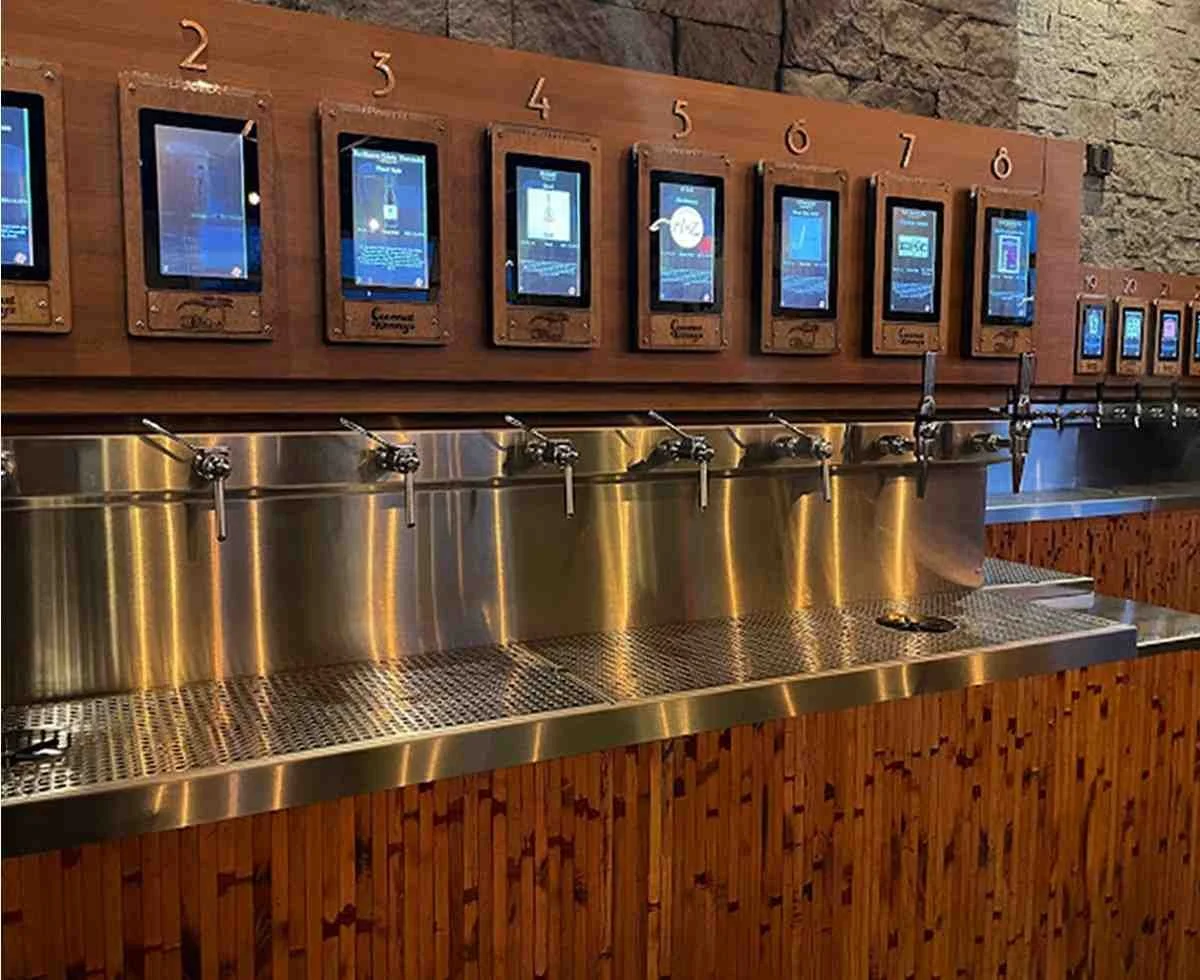
Inventory Management
Effective inventory management is a key strategy for reducing pour waste in bars. By tracking inventory closely, bar managers can identify patterns of waste and pinpoint areas where losses are occurring. This allows for informed decisions that improve efficiency and minimize unnecessary product loss.
Practical steps for inventory management include:
Regular audits and cycle counts to ensure that stock levels match sales and usage records
Tracking trends in consumption to detect over-pouring, spillage, or theft
Monitoring expiration dates and storage conditions to prevent spoilage
Using inventory data to guide ordering decisions helps bars maintain optimal stock levels, avoiding both overstock and shortages. This ensures that products are used before they expire, reduces unnecessary waste, and supports a more profitable and sustainable operation.
Point of Sale (POS)
Point of Sale (POS) systems are powerful tools for monitoring pours and identifying inconsistencies in a bar. By recording each sale in real time, a POS system can highlight discrepancies between expected and actual inventory usage, making it easier to detect overpouring or other waste issues.
Key ways POS systems support waste management include:
Integration with inventory and sales data to track product usage and identify trends in waste
Generating alerts or reports when pour volumes exceed standard measurements or when stock levels drop unexpectedly
Providing detailed insights into individual bartender performance, popular drinks, and high-waste periods
These capabilities allow bar managers to take proactive steps to reduce waste, enforce consistent pouring practices, and optimize overall operations. By leveraging POS data, bars can improve profitability, enhance efficiency, and ensure that each pour meets quality and portion standards.
Data-Driven Decisions
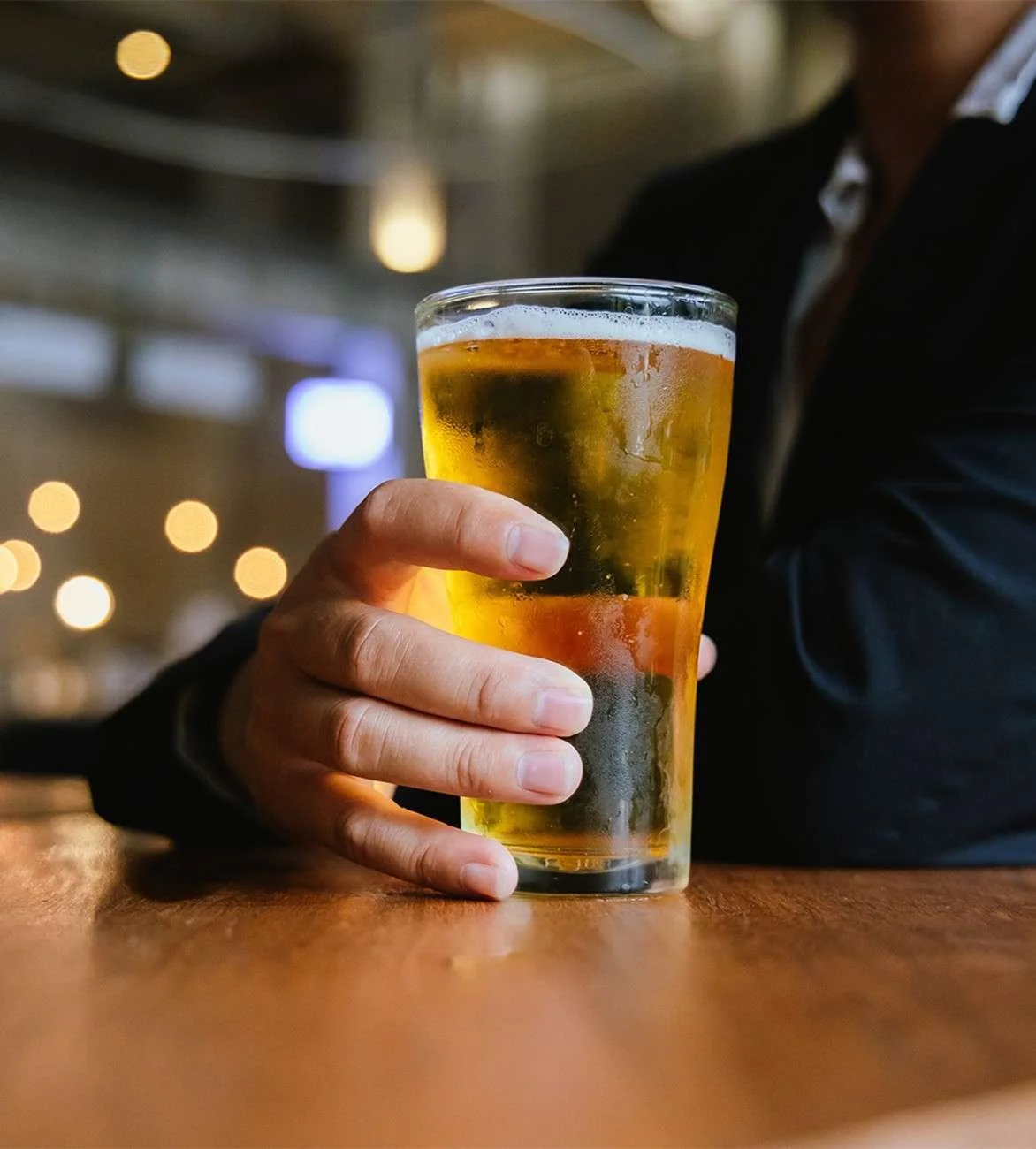
Making data-driven decisions is essential for reducing pour waste and improving bar operations. By analyzing information from POS systems, inventory tracking, and staff reports, managers can gain a clear picture of where waste is occurring and how to address it effectively.
Analytics can help bars:
- Identify trends in waste, such as specific times of day or shifts with higher overpouring
- Pinpoint high-risk products that are frequently wasted or prone to spoilage
- Monitor staff performance to ensure consistent pouring practices
Based on these insights, actionable steps can be implemented to optimize pour practices. This may include adjusting inventory orders, refining staff training programs, implementing stricter portion controls, or using technology like flow meters and alerts. Leveraging data in this way allows bars to reduce waste, save money, and maintain a consistent, high-quality customer experience.
Reducing pour waste in bars requires a combination of staff training, proper equipment, and informed management. Key strategies include using measured pours to prevent overpouring, maintaining draft systems, tracking inventory accurately, and leveraging POS data to monitor usage. Consistent pouring minimizes waste, improves profitability, and ensures product quality, while combining training, technology, and data analysis supports long-term efficiency and a better customer experience. Partnering with GS Draft for advanced tap system solutions further helps bars control waste and improve consistency.
Maximize Efficiency and Reduce Pour Waste with GS Draft
At GS Draft System Solutions, we help bars and restaurants cut down on pour waste with expertly designed self-serve beer tap systems. From installation to ongoing support, our solutions deliver consistent pours, improved efficiency, and greater profitability. Partner with us to keep every ounce working for your bottom line.
From setup to ongoing support, we provide customized self-serve beer tap solutions that help bars and restaurants reduce pour waste, improve consistency, and boost profitability.
Contact us today at (949) 421-3882 or email sales@gsdraft.com to learn how our tap system solutions can help your bar reduce waste and increase profits.
